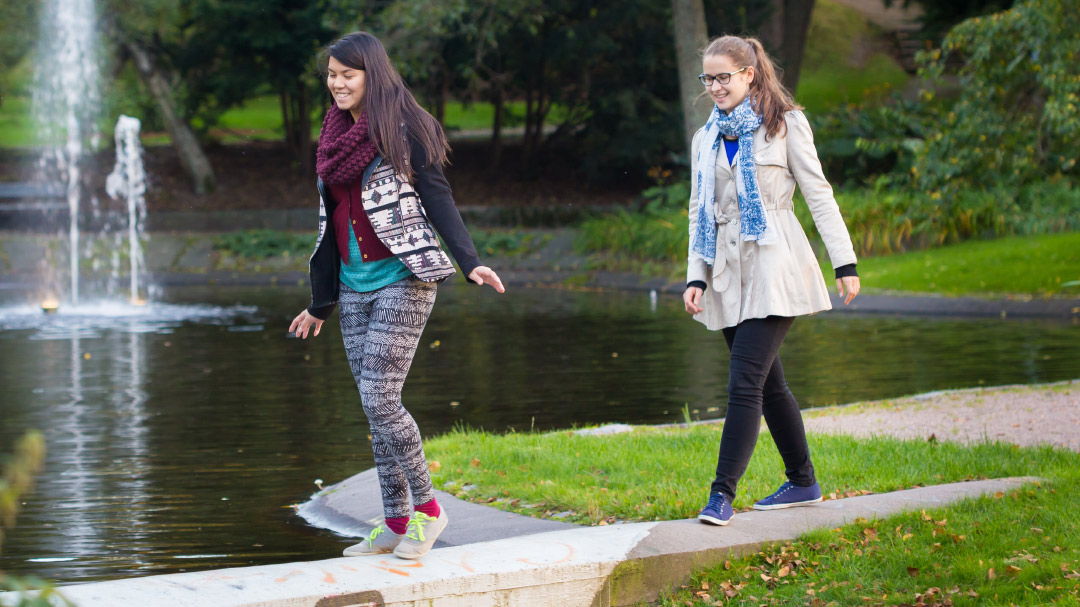Press release by the Ministry of Social Affairs and Health and the Finnish Institute for Health and Welfare
The Ministry of Social Affairs and Health and the Finnish Institute for Health and Welfare do not provide instructions on the use of fabric masks when moving in public places

The Ministry of Social Affairs and Health and the National Institute for Health and Welfare do not provide instructions or general recommendations to use respiratory protective equipment or fabric masks when moving in a public place.
This common guideline needs to be told to the public, as discussions on this matter have taken place over the past few days, particularly in the media and social media.
There are various expert opinions on the benefits and disadvantages of fabric masks and their correct and incorrect use. These opinions have caused uncertainties and confusion in many people over the past few days.
Fabric masks may at worst increase the risk of infection
The manufacture, sale and import of respiratory protective equipment that is necessary for health care personnel and meets the criteria and are strictly regulated.
According to the Ministry and the National Institute for Health and Welfare, extensive use of self-made fabric protectors or masks in public places may, at worst, lead to a false sense of security.
If using a self-made mask, wrong fabric material may impair the health of the lungs when, for example, microfibres, dust or fabric particles enter the airways. A wrong fabric material may increase respiratory resistance, which may increase the carbon dioxide content to harmful amounts. The risk of heart problems or asthma attacks may also increase.
It is essential to remember that the facemask does not protect the user of the mask against coronavirus. The use of the mask may, however, protect others, as it may reduce the spread of droplets caused by coughing and sneezing.
However, the use of fabric masks by caregivers, such as employees in care units and in home care, is essential to protect the persons cared for. Staff members are receiving training and guidance for the correct use of the masks. The employer is responsible for guiding staff and purchasing suitable masks.
The best way to prevent the infection is through one’s own actions
As there is no vaccine or medical treatment for coronavirus yet, the Ministry of Social Affairs and Health and the National Institute for Health and Welfare consider it important that people remember to wash hands often and carefully, use good cough and sneeze hygiene and keep physical distance to other people in order to prevent the spread of the coronavirus.
The restrictions and recommendations issued by the Government in the current emergency conditions should be complied with.
Effective and science-based means in use
The Ministry of Social Affairs and the National Institute for Health and Welfare are reminding that it has been considered important throughout the coronavirus outbreak in Finland to use effective and scientific measures based on long-term evidence to prevent the spread of the coronavirus.
The health authorities are monitoring the situation closely and, if new evidence or information emerges, the recommendations may naturally change. At present, Finland's activities base consistently on the policies and recommendations of the World Health Organization (WHO) and the European Centre for Disease Prevention and Control (ECDC).
According to the WHO and ECDC, asymptomatic people do not need to wear masks or protectors in public places. There is very little scientific evidence of their effectiveness. The WHO and ECDC consider it important that actual medical respiratory protective equipment should be reserved for use by health care professionals.
The WHO and ECDC do not recommend self-made fabric masks or take a stand on them. However, they note that fabric masks can be used if people so wish, and the organisations list the potential benefits and disadvantages of using fabric masks.
Inquiries:
Permanent Secretary Kirsi Varhila, [email protected]
Director-General Markku Tervahauta, [email protected]